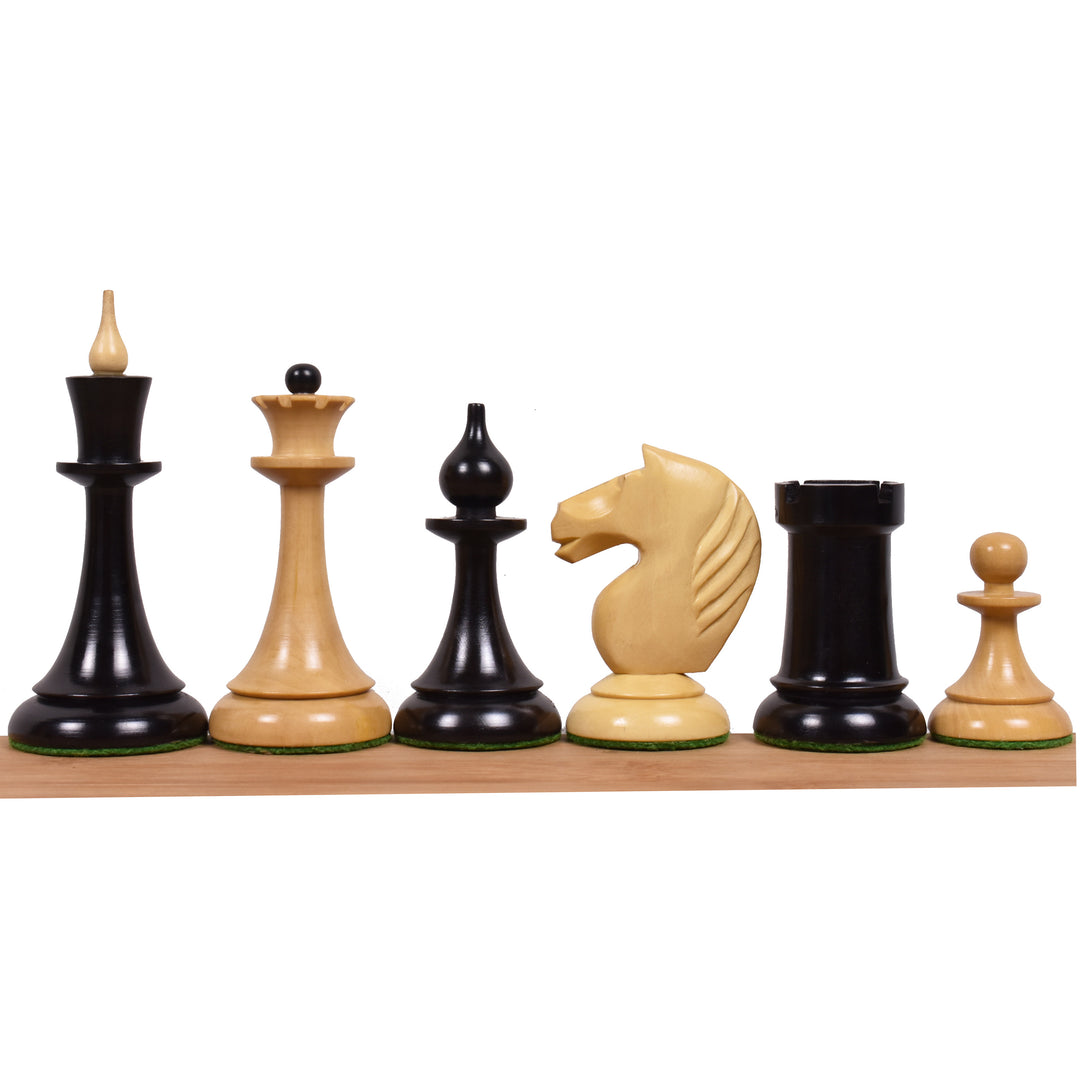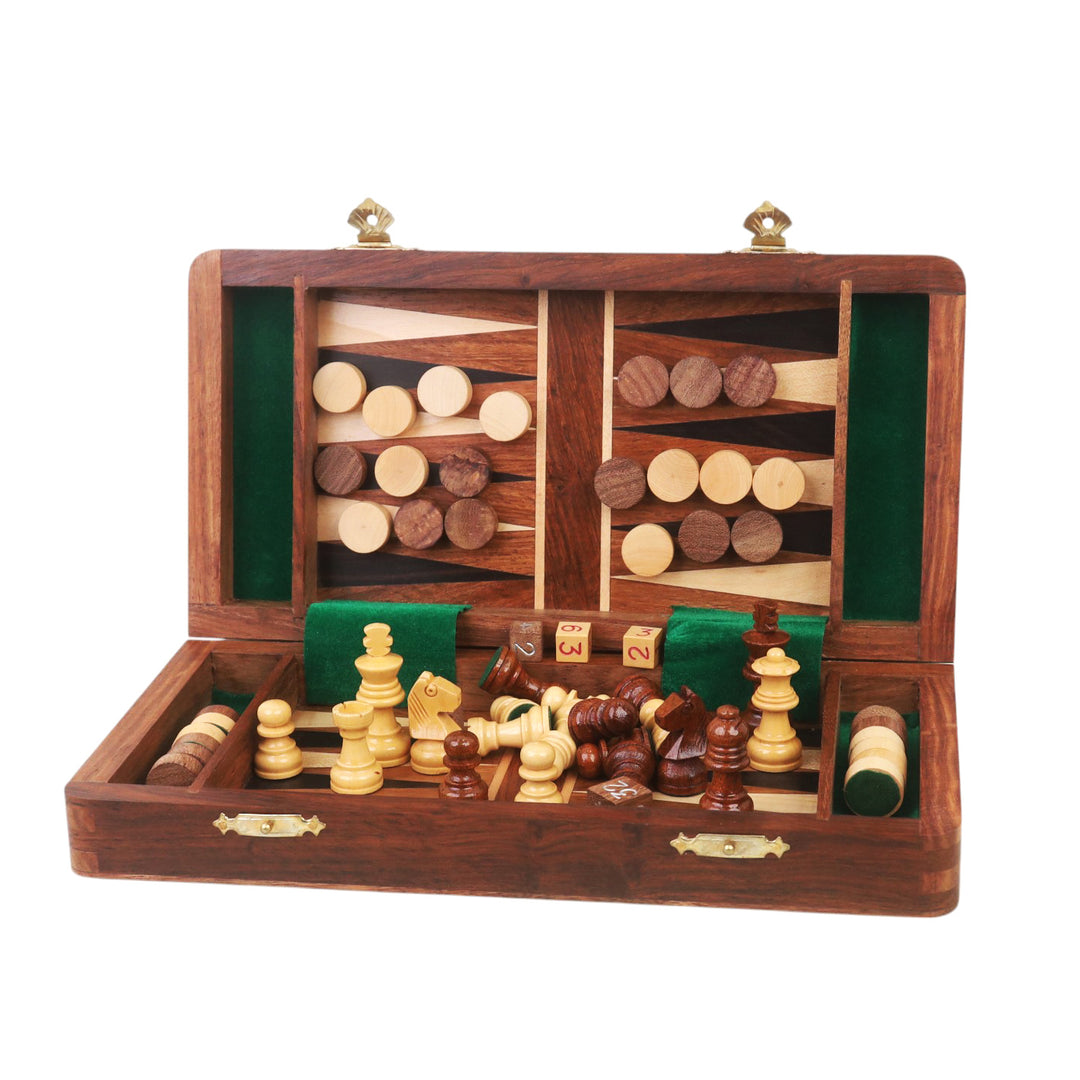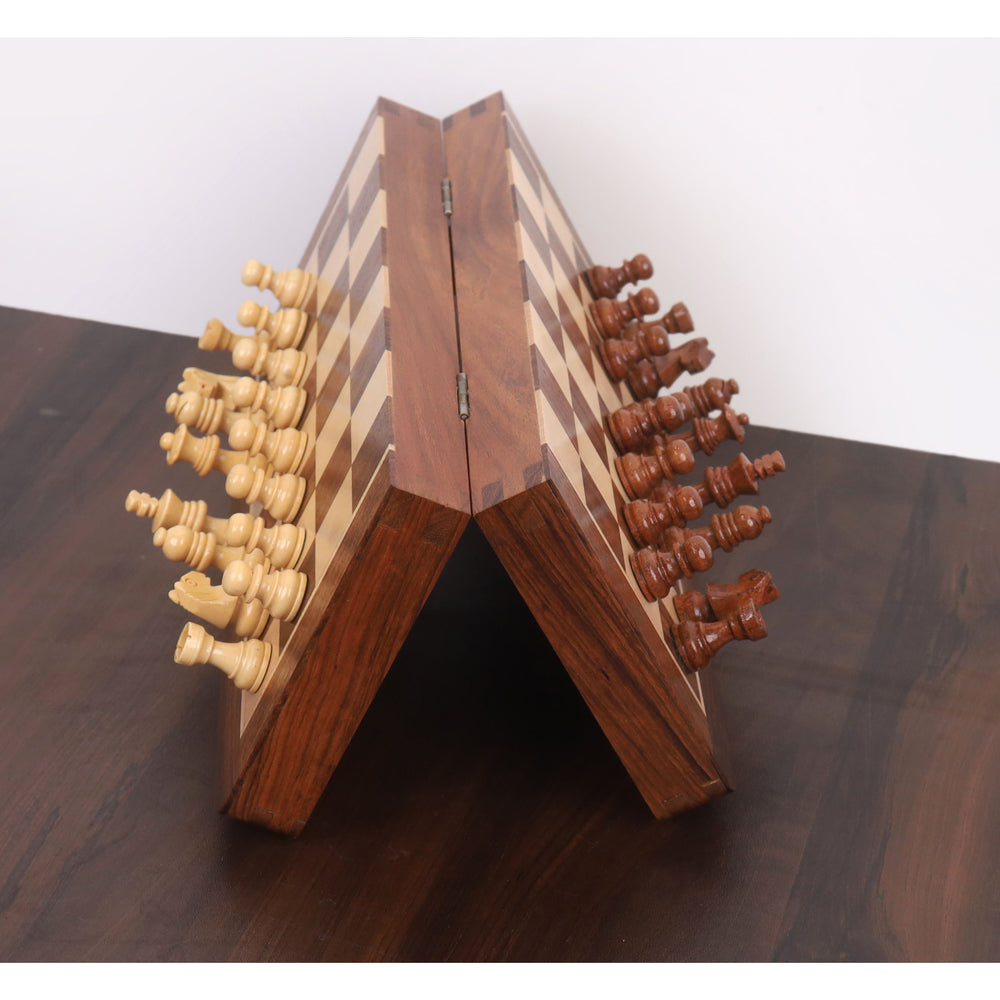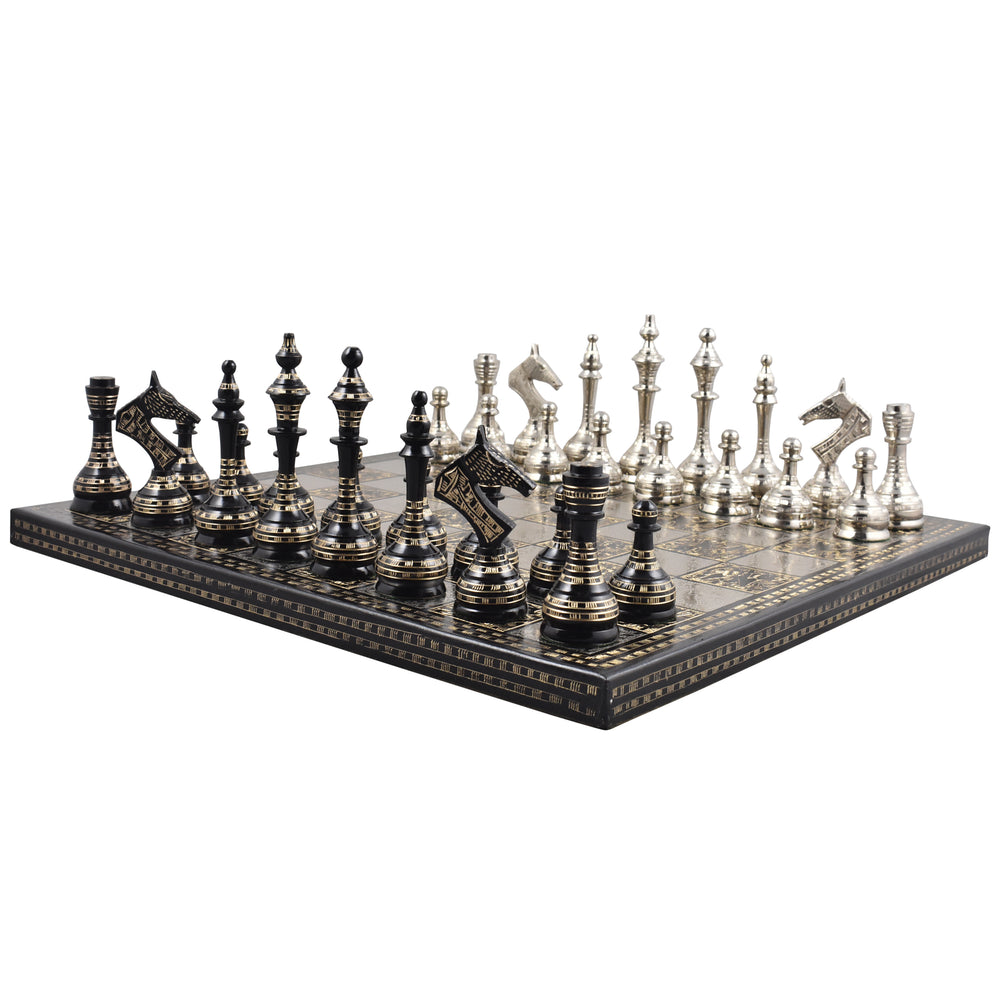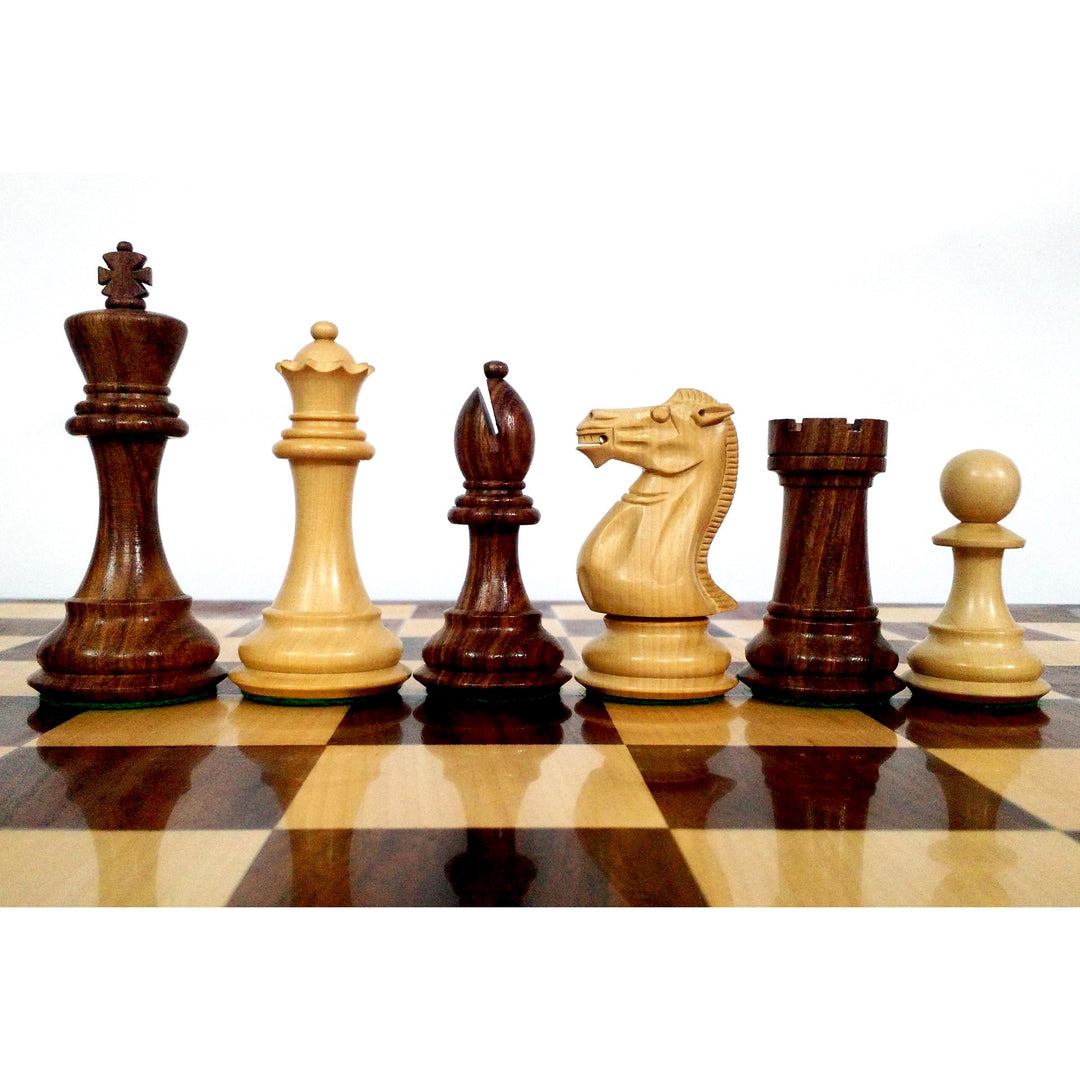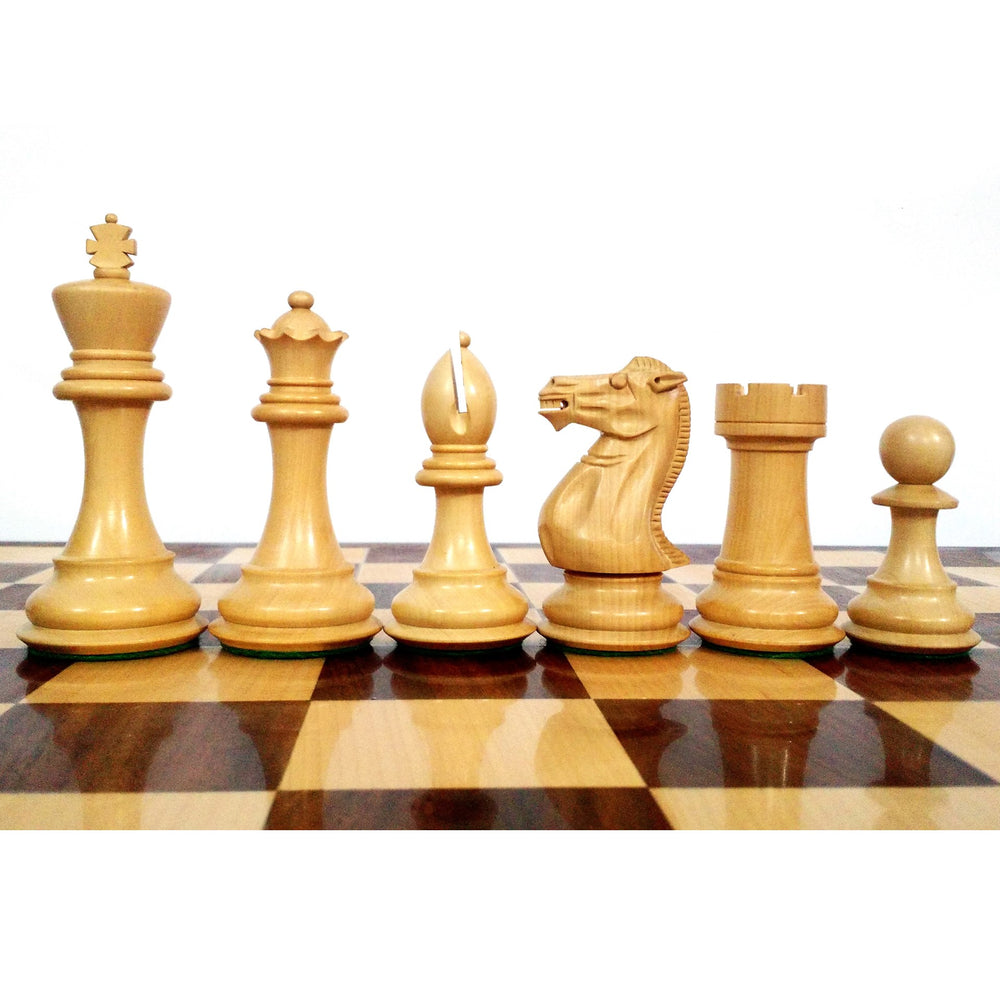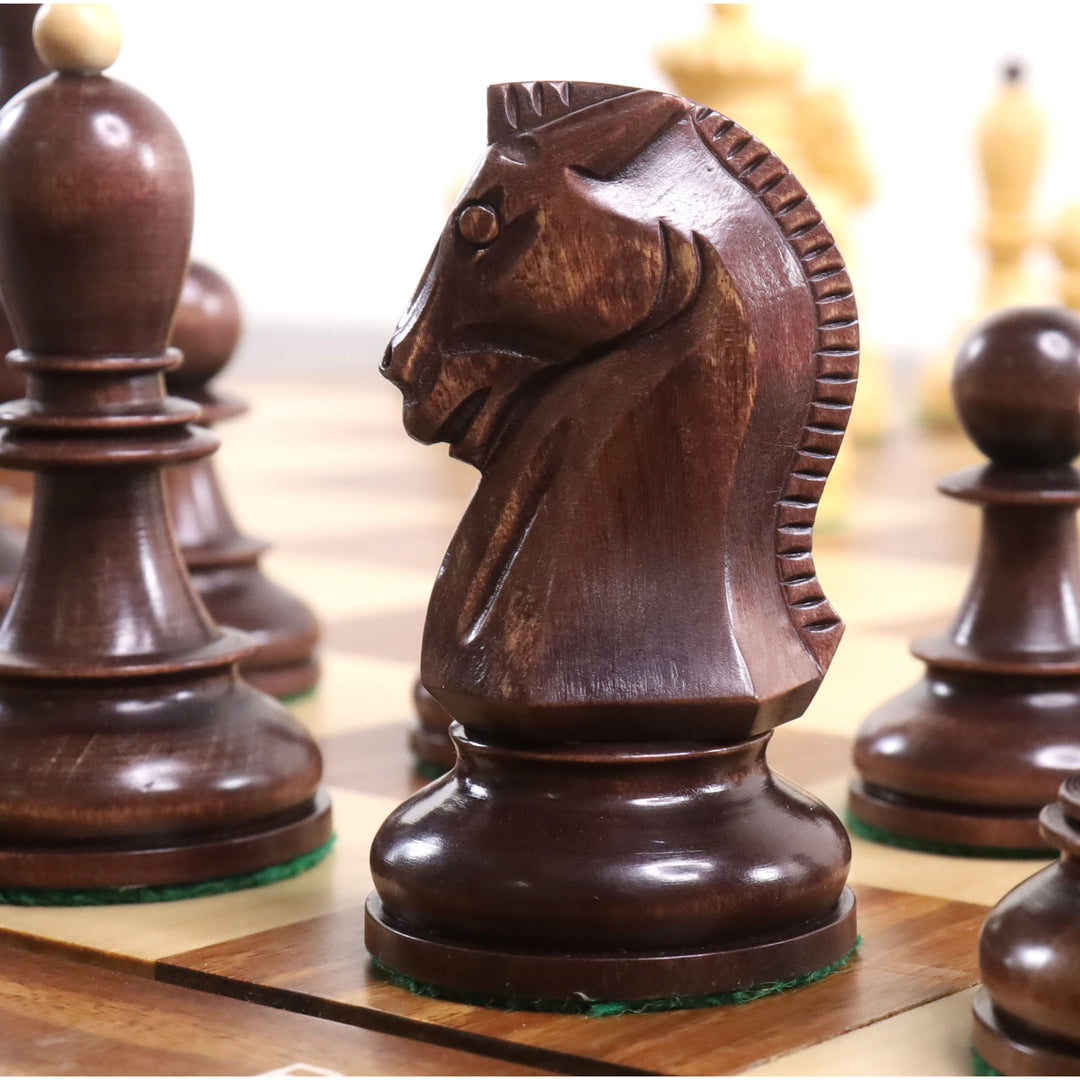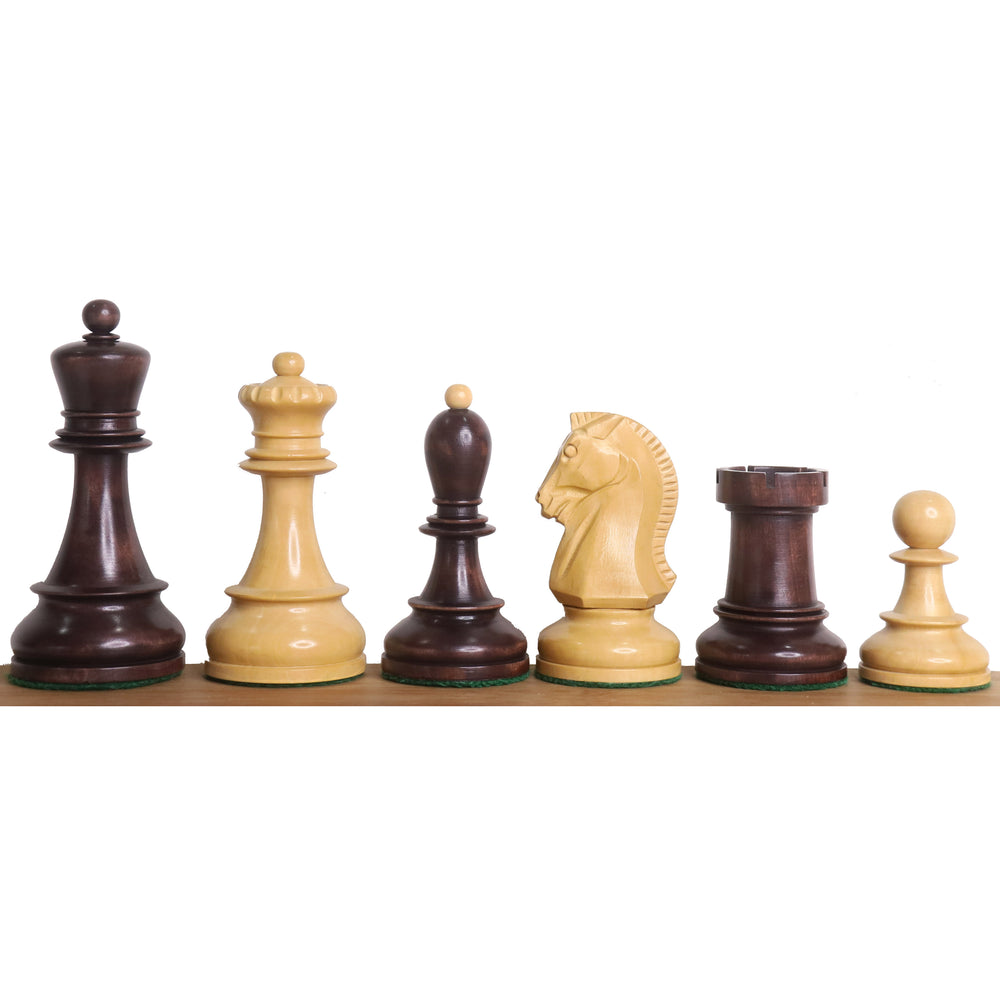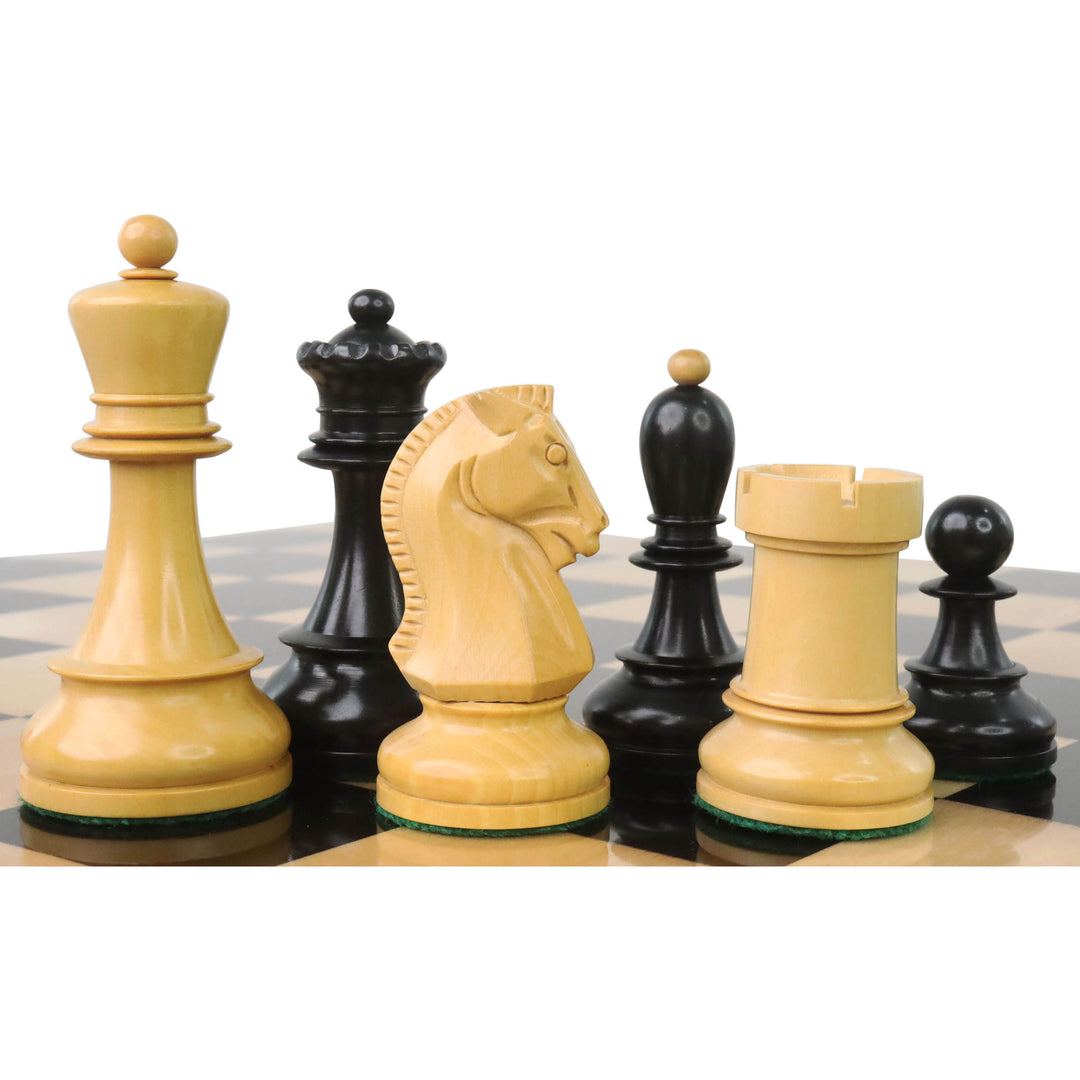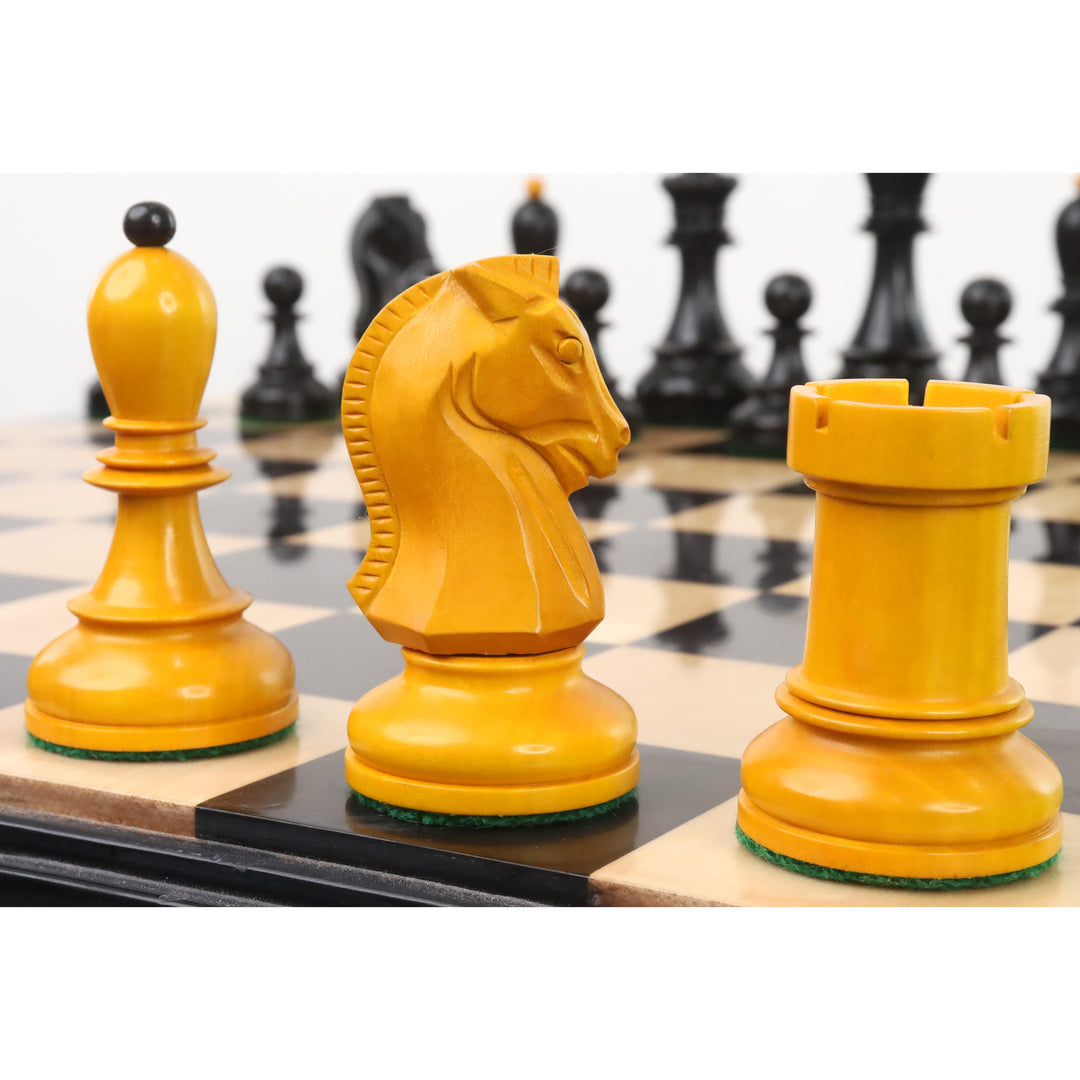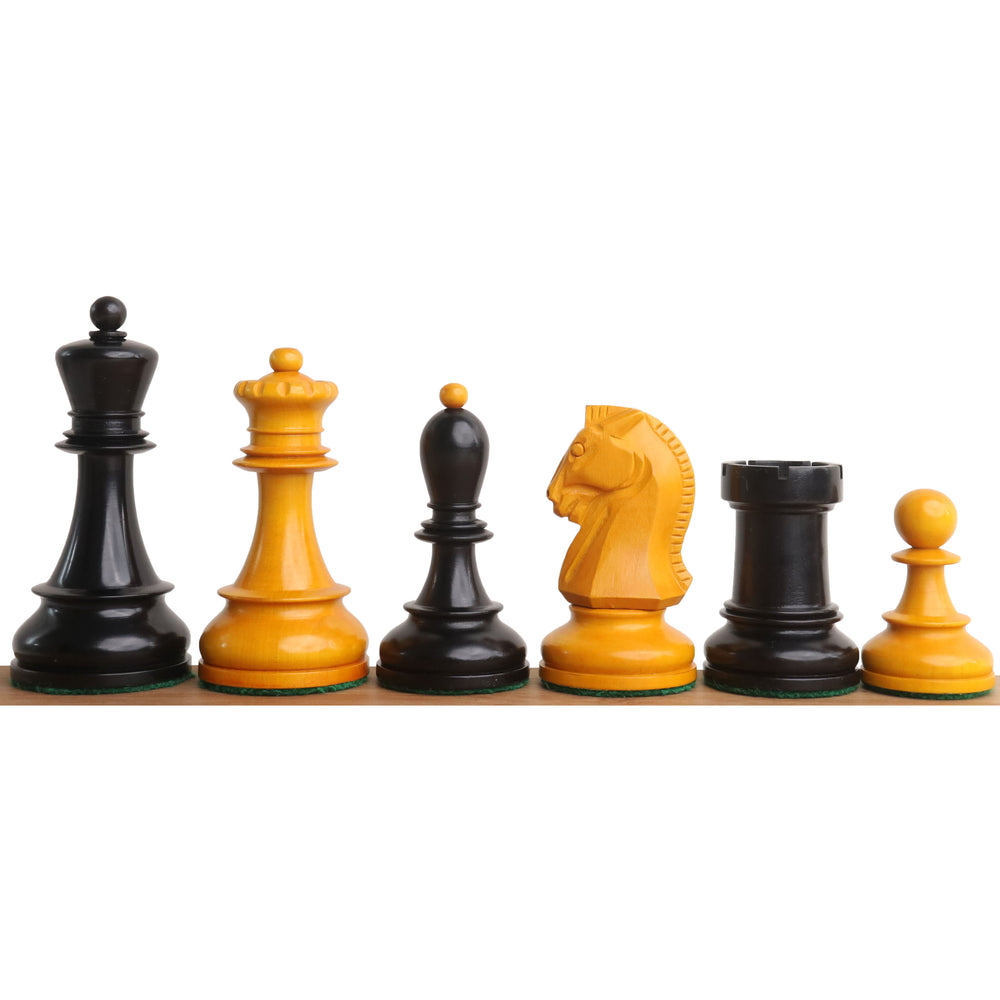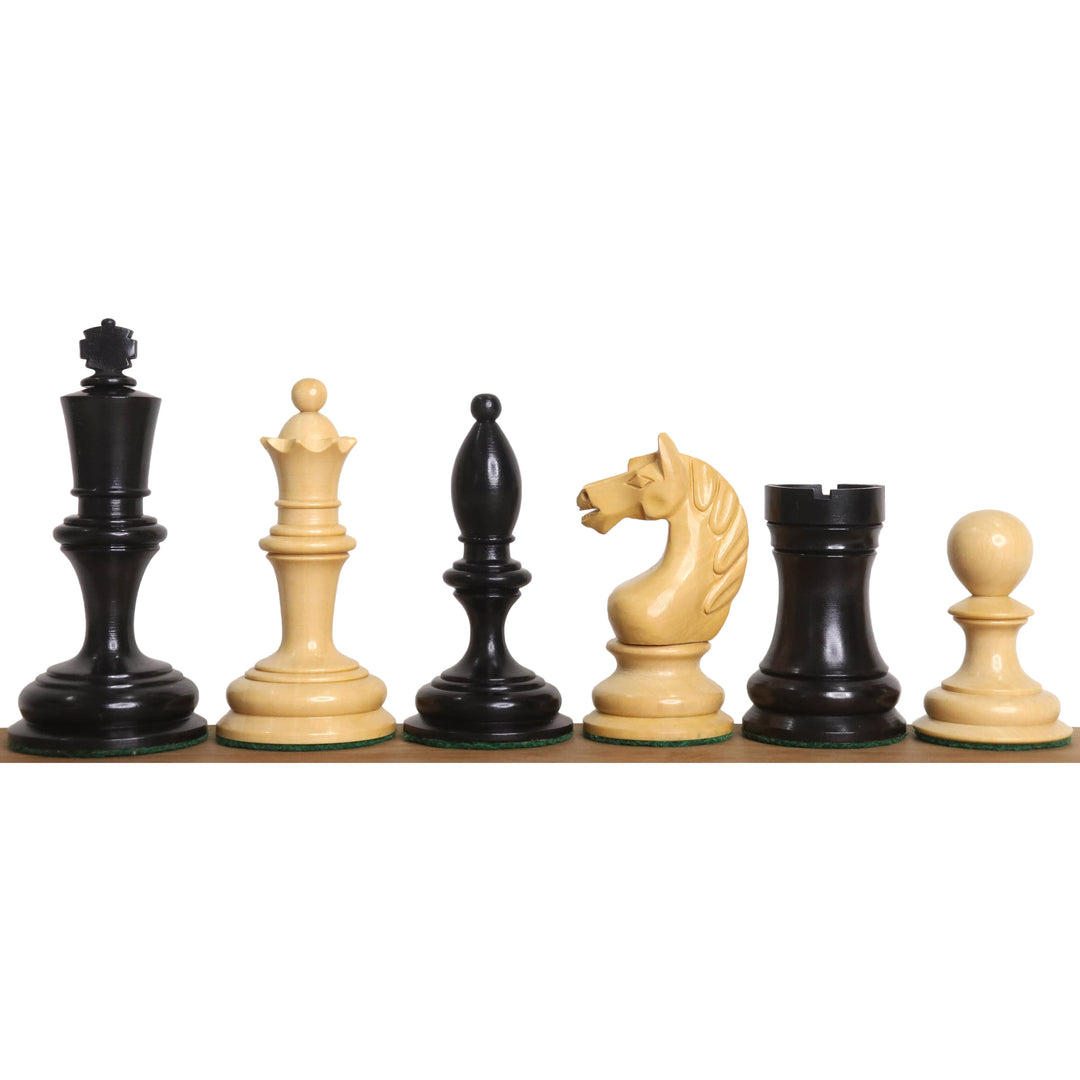There are a lot of guidelines to follow when playing chess. Castling and chess En passant rule are two very complex rules that beginners must know. A crucial chess move called castling involves the king and one rook. This tactic enhances king safety and permits rook connectivity. It aids in the strategic control of the board by the players. Effectively playing chess requires an understanding of the rules of chess and notation.
What Is Castling In Chess?

In the uncommon chess move known as castling, the king and one rook both move at the same time. It is acceptable as long as the king and the designated rook haven't moved before, nothing stands in their way, the king isn't in check or in danger of being attacked, and the squares the king passes are secure. The king may choose to castle on the kingside or the queenside. The game's effective rook growth and king safety depend on this move.
How to Do You Castle in Chess?
To build a castle in chess, follow these steps,
- Ensure that all the conditions for castling are met
- It must be the first move of both the king and the rook you want to castle with.
- There should be no pieces between the king and the rook.
- The king cannot be in check (under attack) or pass through squares that are under attack.
- The squares the king moves across during castling cannot be attacked.
- The king and the chosen rook must not have moved previously during the game.
- Choose the type of castling you want to perform
- Kingside castling: Move the king two squares towards the rook on its right side, and the rook jumps to the square next to the king on its left side.
- Queenside castling: Move the king two squares towards the rook on its left side, and the rook jumps to the square next to the king on its right side.
- Execute the move
- Move the king first, placing it on the chosen square.
- Then, move the rook to its respective square completing the castling move.
Rules For Castling In Chess
Castling is only acceptable under the following circumstances,
- Both the king and the selected rook must make it their first move.
- The king and the selected rook should not have any pieces in between them.
- King cannot be under attack or in check either before or after the castling move.
- The squares that the monarch passes through while castling are impervious to assault.
- Both the king and the selected rook must have remained stationary throughout the game.
The Two Distinct Castling Styles
- Kingside Castling: the rook jumps to the square next to the king on the left side of the board while the king advances two squares in the direction of the rook on the right side. O-O is the notation used for kingside casting.
- Queenside Castling: the rook jumps to the square next to the king on the opposite side of the board as the king travels two squares in that direction. O-O-O is the notation for queenside casting. The king always moves first during castling, and the rook moves immediately after the king.
Kingside Castling Techniques
In chess, the kingside castling move makes the rooks more coordinated and helps the king find safety. Certain prerequisites must be completed in order to accomplish kingside casting. It should be the first move for both the king and the rook on the kingside.
The squares the king goes through should not be under attack. As well, the king cannot be checked either before or after casting. As soon as the king's eligibility is established, the king moves two squares in the direction of the kingside rook. Then the rook jumps over the king to the next square.
Queenside Castling Techniques
A vital chess move that aids the king in establishing a more secure position is casting on the queenside. It also improves the cooperation of the rooks. There should be no pieces in between the movements of the king and the rook on the queenside.
The king cannot be in check either before or after casting, and the squares he moves across cannot be attacked. After verifying eligibility, the king moves two squares in the direction of the queenside rook, and the rook then leaps over the king to the following square.
Ideas To Keep In Mind Once You Have Castled
In order to improve your position in the game, bear in mind the following key ideas and tactics,
- King Safety: Although castling offers the king a more secure refuge, staying alert to prospective dangers is crucial. Use the connected rooks to pressure open files and coordinate their actions. It will increase their effect on the board.
- Pawn Structure: Pay close attention to your pawn structure around the fortified king to prevent potential weaknesses. Utilize the king's newly discovered safety to concentrate on centralizing your pieces. It frequently results in greater mobility and better control of important squares.
- Piece Development: Make sure your pieces actively contribute to your overall strategy by not letting them become passive. Both offense and defense should be balanced in your strategy, and you should be prepared to adjust as your opponent makes moves.
- Timing of Pawn Breaks: Determine when to start pawn breaks to provide your opponent with new possibilities and challenges.
- Knowledge about Open Files: Keep an eye out for any open files near your castle because they could be targets for criminal activity.
- Organize the Center: To control the pace of the game and restrict your opponent's options, try to take over the core squares.
- Consider Your Rival's Plans: Analyze your opponent's goals frequently to foresee their moves and create a potent counter-strategy.
Conclusion
Chess is a game of rules and principles. You should know every single rules to play the game properly. Be familiar with fundamental Castling strategies if you are new to chess. Learning and using these Castling techniques can be interesting. Concentrate on comprehending and identifying these plays to win a game comfortably.
Learning the Castling techniques is very important for beginners. You should also know about the history of chess, the rules of chess, and the basics of chess notation. It will boost your progress toward becoming a great chess player.
Checkmate your shopping list at Royal Chess Mall today! Royal Chess Mall offers a premium selection of Chess pieces and Chess sets, including Staunton chess set and Staunton chess pieces, enhancing the chess-playing experience with high-quality, elegant options.








